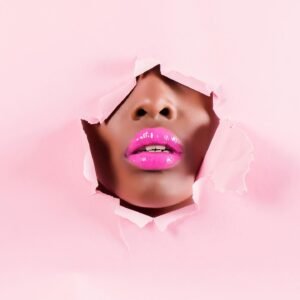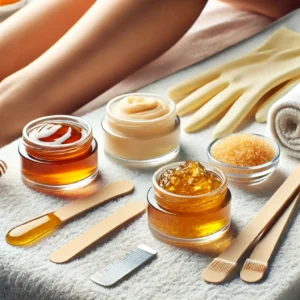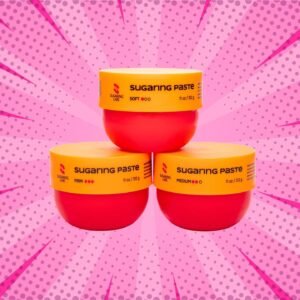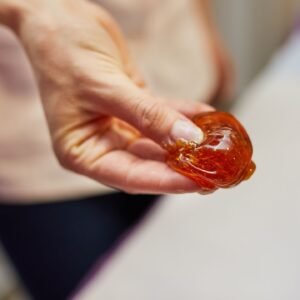The History of Sugaring: From Cleopatra to Today
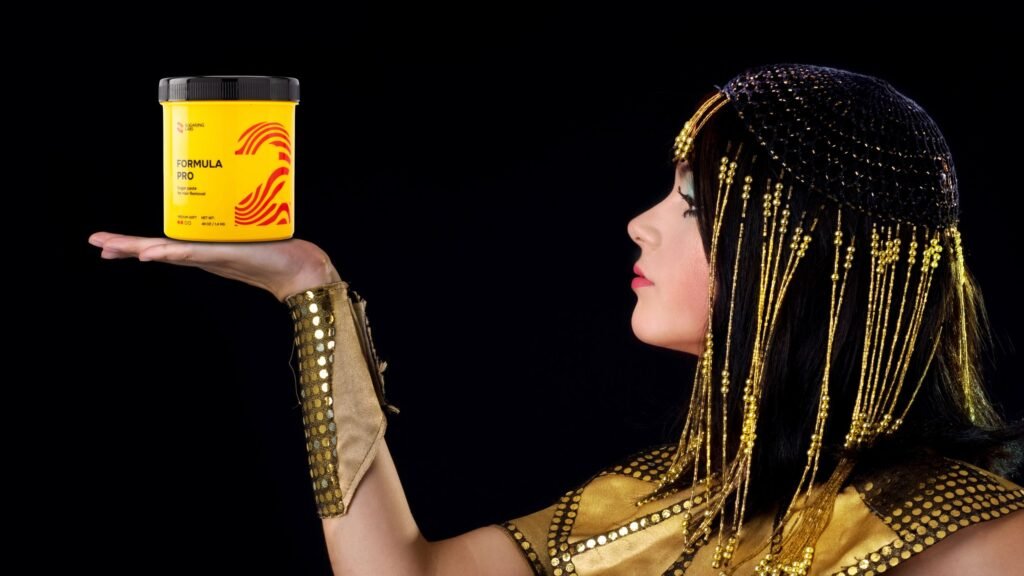
Sugaring, an ancient hair removal technique, has transcended centuries, from the lavish courts of Cleopatra to the modern beauty industry. Its enduring appeal lies in its natural ingredients and its more gentle approach compared to other hair removal methods. This article explores the fascinating history of sugaring, examining its origins, evolution, modern revival, and current popularity.
Table of Contents
- The Origins of Sugaring: From Ancient Egypt to Cleopatra’s Royal Beauty Rituals
- The Spread and Evolution of Sugaring
- The Modern Revival of Sugaring
- Sugaring’s Current Popularity
- Frequently Asked Questions
- What is sugaring?
- Where did sugaring originate?
- Why did sugaring decline in popularity in the 20th century?
- What makes sugaring different from waxing?
- Is sugaring popular today?
The Origins of Sugaring: From Ancient Egypt to Cleopatra’s Royal Beauty Rituals
Sugaring’s history can be traced back to ancient Egypt around 1900 BCE, where it was used by the legendary Queen Cleopatra. Egyptians were known for their meticulous beauty routines, and sugaring quickly became a favored method for removing unwanted hair. The technique involved a simple yet effective mixture of sugar, water, and lemon juice, all natural ingredients that remain at the core of sugaring today.
This early form of sugaring wasn’t only about beauty. It had hygienic and cultural significance, often linked to social status and purity. Cleopatra herself is said to have used this technique, cementing its place in the beauty rituals of ancient royalty. The history of sugaring thus begins with its use by the elite of Egyptian society, making it one of the earliest forms of body hair management in recorded history.
The Spread and Evolution of Sugaring
Sugaring spread from Egypt to other parts of the ancient world, including the Middle East and Greece. In these regions, the practice continued to thrive, with subtle variations in technique and ingredients. It wasn’t long before sugaring became deeply ingrained in Islamic culture, where it was embraced as a practical and hygienic method for body hair removal.
As the technique spread, it evolved, adapting to different cultural preferences while retaining its core elements. The simplicity of the ingredients—sugar, lemon, and water—made it an easily accessible solution for women and men alike, regardless of status. Throughout the centuries, sugaring continued to be passed down through generations, contributing to the enduring history of sugaring.
The Modern Revival of Sugaring
The popularity of sugaring declined during the 20th century with the rise of razors and other quicker, more convenient methods of hair removal. However, in the 1980s and 1990s, there was a resurgence of interest in sugaring, driven by a growing demand for more natural beauty solutions. People began to seek alternatives to chemical-laden products, and sugaring emerged as a popular choice due to its gentle, all-natural ingredients.
This revival also paralleled the rise of other natural beauty trends, such as organic skincare and eco-conscious living. Sugaring was embraced not just as a method of hair removal, but as part of a broader shift towards sustainable beauty practices. The history of sugaring thus took on a new chapter, blending ancient tradition with modern values of wellness and environmental responsibility.
Sugaring’s Current Popularity
Today, sugaring has found a prominent place in the beauty industry. It is known for its eco-friendly qualities and long-lasting results. Unlike waxing, it often causes less skin irritation and pain. Sugaring is considered less abrasive, making it a more comfortable option. Its natural ingredients—sugar, water, and lemon juice—make it appealing. It suits those seeking a more holistic approach to hair removal.
The technique has gained significant popularity in recent years. Many beauty salons now offer sugaring as a preferred alternative to waxing. It has a reputation for being both effective and gentle. Sugaring continues to captivate beauty enthusiasts around the world. People are looking for more sustainable and natural beauty solutions. The history of sugaring is still being written as the ancient technique enjoys a modern renaissance.
In conclusion, from the opulent courts of Cleopatra to today’s eco-conscious beauty salons, the history of sugaring demonstrates its enduring appeal and adaptability. Whether for its cultural significance in the past or its modern-day benefits, sugaring remains a cherished part of the global beauty landscape.
Frequently Asked Questions
What is sugaring?
Sugaring is an ancient hair removal method that uses a mixture of natural ingredients—sugar, water, and lemon juice. It is known for being gentle on the skin and eco-friendly, offering a natural alternative to waxing.
Where did sugaring originate?
Sugaring originated in ancient Egypt around 1900 BCE. It was famously used by Queen Cleopatra and became a part of the beauty rituals of Egyptian royalty.
Why did sugaring decline in popularity in the 20th century?
Sugaring saw a decline in the 20th century due to the rise of razors and other faster, more convenient hair removal methods. However, it regained popularity in the 1980s and 1990s as people sought natural and sustainable beauty solutions.
What makes sugaring different from waxing?
Unlike waxing, sugaring is less abrasive, causing less pain and irritation. Its natural ingredients make it suitable for sensitive skin, and it adheres to hair rather than the skin, reducing discomfort during removal.
Is sugaring popular today?
Yes, sugaring is widely popular today due to its eco-friendly qualities and effectiveness. Many beauty salons now offer sugaring as an alternative to waxing, catering to those seeking natural and sustainable beauty practices.


